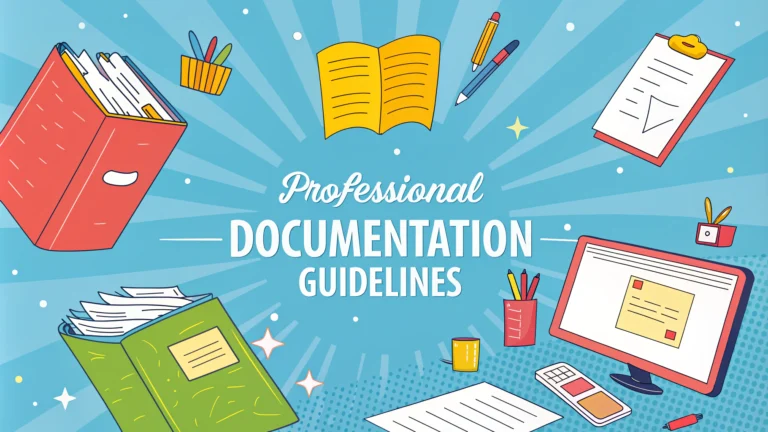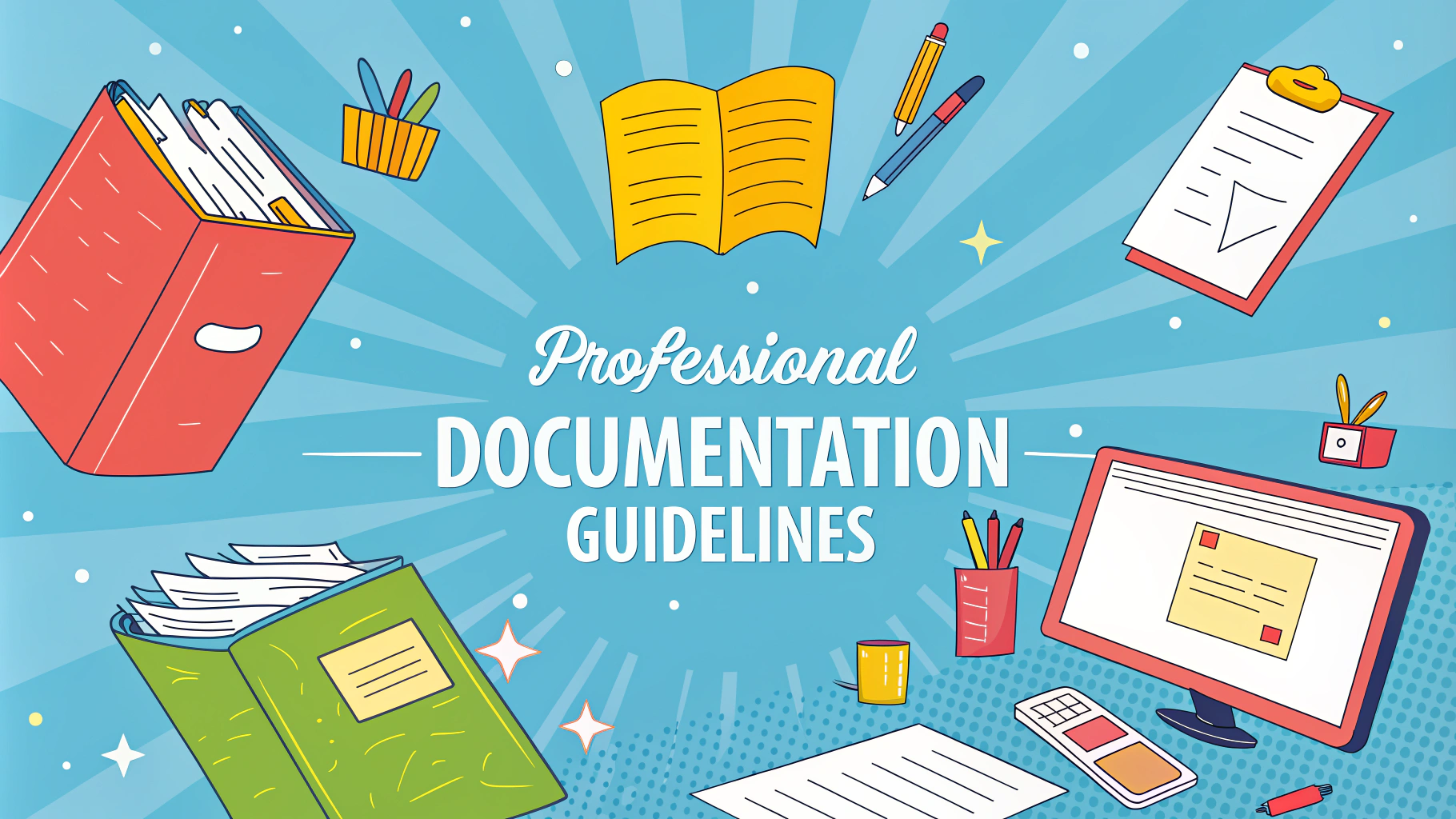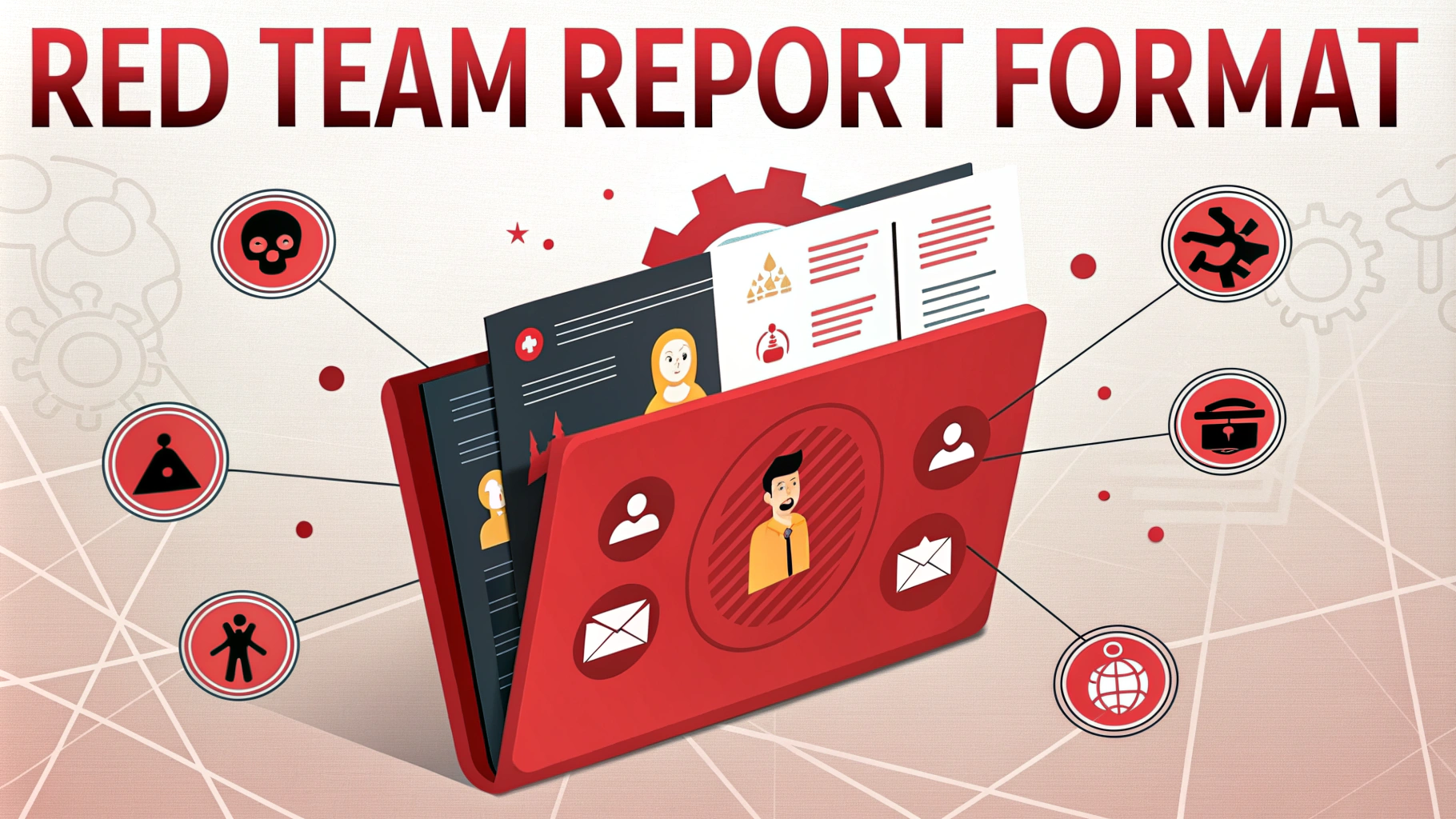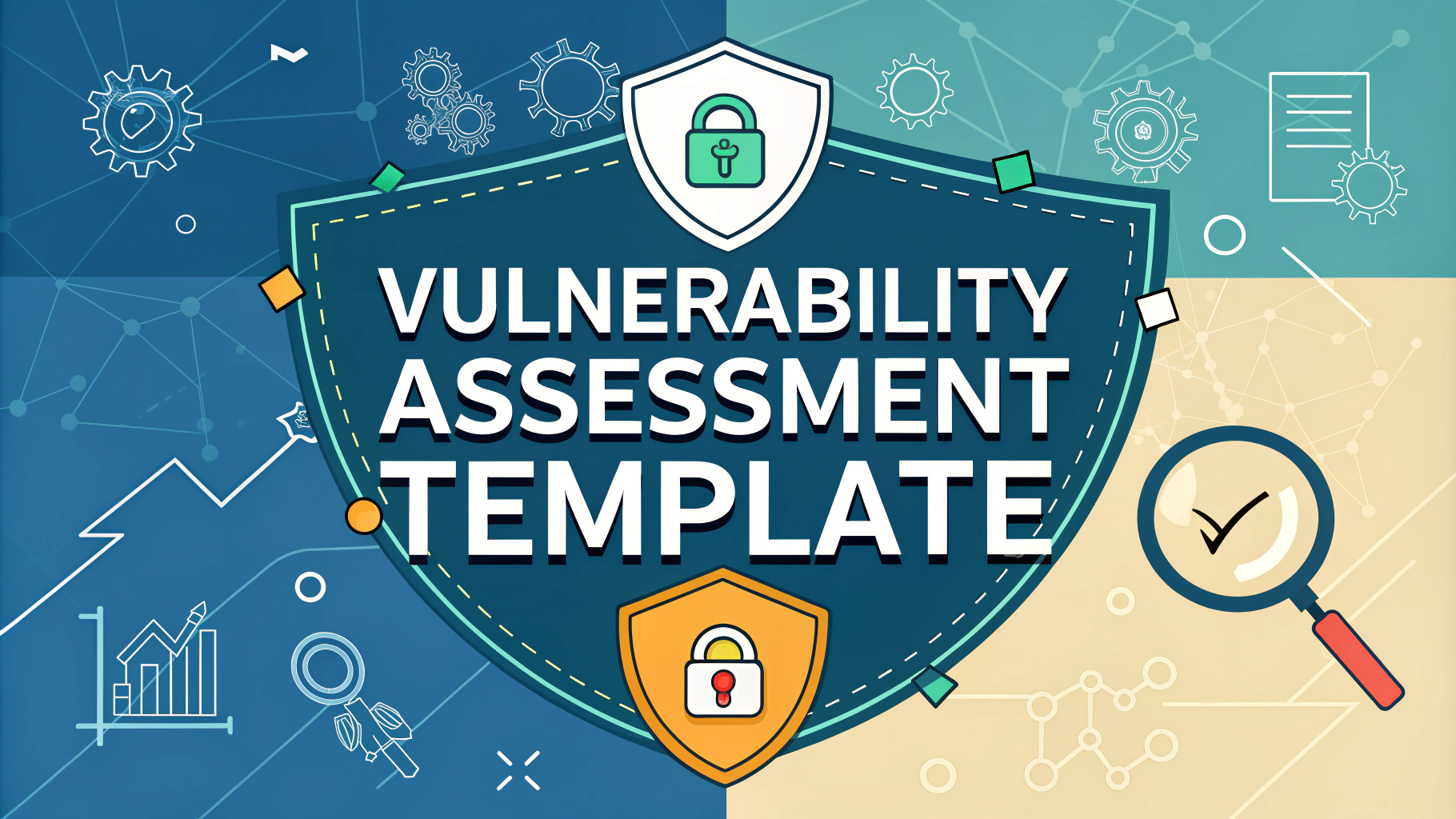Documentation plays a key role in penetration testing by providing structured records of security assessments and findings.
Professional documentation helps teams track vulnerabilities, communicate risks effectively, and maintain compliance with security standards.
This guide covers essential documentation practices for penetration testers, from planning through final reporting.
Key Components of Penetration Test Documentation
- Scope and objectives
- Testing methodology
- Tools and techniques used
- Findings and vulnerabilities
- Risk ratings
- Remediation recommendations
- Executive summary
Pre-Test Documentation Requirements
- Signed authorization forms
- Non-disclosure agreements
- Network diagrams and asset inventory
- Testing schedule and timeline
- Emergency contact information
Recording Test Activities
Document each testing phase with timestamps, tools used, and specific actions taken.
Screenshot or record evidence of successful exploits while protecting sensitive data.
Maintain detailed logs of all commands, scripts, and tools executed during testing.
Vulnerability Documentation Format
| Element | Required Information |
|---|---|
| Title | Clear, descriptive vulnerability name |
| Description | Technical details of the finding |
| Impact | Business risk and potential consequences |
| Proof of Concept | Evidence and reproduction steps |
| Remediation | Specific fix recommendations |
Report Writing Best Practices
- Use clear, technical language without jargon
- Include an executive summary for non-technical readers
- Provide detailed technical findings for IT teams
- Add visual aids (screenshots, diagrams) where helpful
- Present actionable remediation steps
Documentation Tools
- Dradis – Collaborative reporting platform
- PlexTrac – Penetration testing workflow management
- Faraday – Open-source vulnerability management
- DefectDojo – Security findings tracker
Legal Considerations
Store documentation securely with encryption and access controls.
Follow data retention policies for sensitive testing information.
Include appropriate disclaimers and confidentiality notices in reports.
Moving Forward with Better Documentation
Regular review and updates of documentation templates ensure they meet evolving security requirements.
Build a knowledge base from past assessments to improve future testing efficiency.
Contact professional organizations like OWASP (https://owasp.org) for additional documentation guidelines and templates.
Documentation Maintenance and Updates
- Schedule regular reviews of documentation templates
- Update procedures based on industry standards
- Incorporate feedback from stakeholders
- Version control all documentation
- Archive completed reports securely
Quality Assurance Process
Implement peer review procedures for all penetration test documentation.
Verify accuracy of technical findings and recommendations before finalization.
Ensure consistent formatting and terminology across reports.
Review Checklist
- Technical accuracy verification
- Grammar and spelling check
- Risk rating validation
- Remediation steps verification
- Client-specific requirements met
Documentation Integration
Connect penetration test documentation with existing security workflows.
Integrate findings into vulnerability management systems.
Link documentation to incident response procedures when applicable.
Strengthening Security Through Documentation Excellence
Effective documentation serves as the foundation for continuous security improvement.
Organizations should invest in documentation tools and training to enhance their security posture.
Regular documentation reviews and updates ensure sustained value from penetration testing efforts.
FAQs
- What essential elements must be included in professional penetration testing documentation?
Documentation should include scope, methodology, findings severity ratings, detailed vulnerabilities discovered, proof of concepts, remediation recommendations, and executive summary. - How should vulnerability severity be classified in penetration testing reports?
Vulnerabilities should be rated using standardized frameworks like CVSS (Common Vulnerability Scoring System), categorizing them as Critical, High, Medium, or Low based on impact and exploitability. - What format should proof of concept evidence follow?
Proof of concept documentation should include step-by-step reproduction steps, screenshots, network captures, and code snippets where applicable, while ensuring sensitive data is properly redacted. - Are there specific compliance requirements for penetration testing documentation?
Yes, documentation must meet specific standards for regulatory compliance like PCI DSS, HIPAA, or SOX, including detailed testing methodologies and findings relevant to compliance requirements. - How should remediation recommendations be structured?
Recommendations should be prioritized, actionable, include technical details for implementation, estimated effort levels, and potential impact on business operations. - What information should be included in the executive summary?
Executive summary must contain overall risk posture, key findings, critical vulnerabilities, business impact, and high-level recommendations in non-technical language. - How should client sensitive information be handled in documentation?
Sensitive data must be redacted or anonymized, including IP addresses, usernames, passwords, and business-critical information, while maintaining report usefulness. - What tools and templates should be used for professional documentation?
Industry-standard reporting tools like PlexTrac, Dradis, or custom templates that follow professional formatting guidelines and include proper versioning control. - How long should penetration testing documents be retained?
Documentation should be retained according to legal requirements and client agreements, typically 1-3 years, with proper encryption and access controls implemented. - What technical specifications need to be documented about the testing environment?
Testing environment documentation must include target systems, network architecture, testing tools used, scope boundaries, and any specific testing conditions or limitations.








